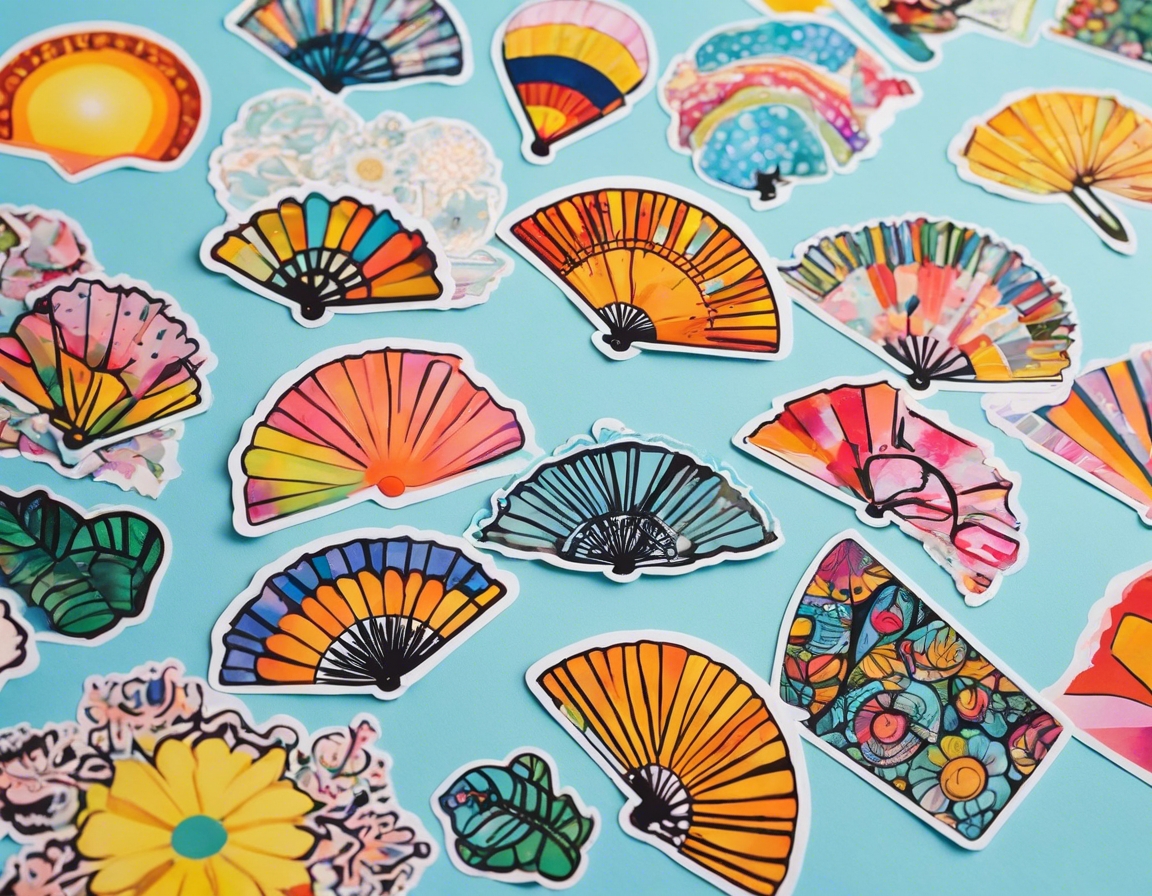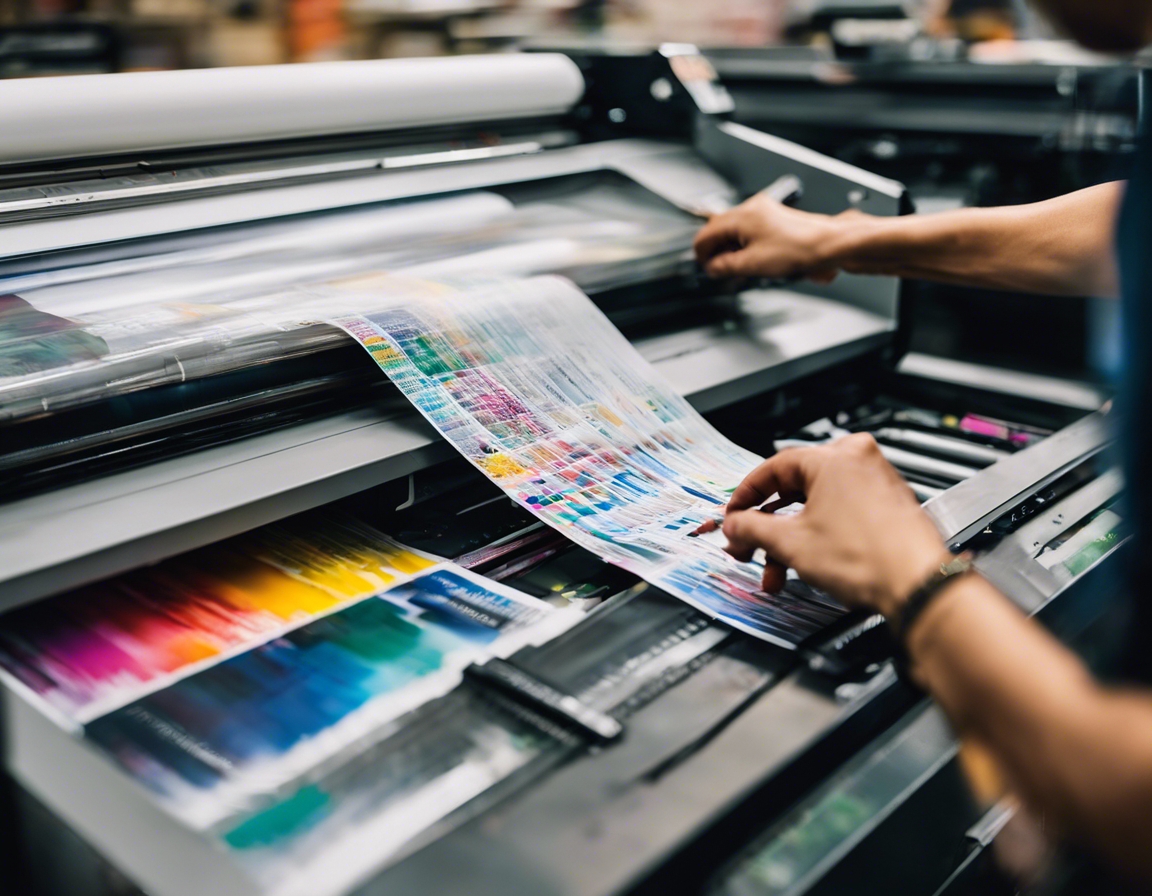Label printing 101: materials and methods explained
Label printing is a critical component in the branding and packaging of products across various industries. From the food and beverage sector to pharmaceuticals and logistics, labels serve as the face of a product, conveying essential information and influencing consumer decisions. High-quality labels are not just a regulatory requirement but also a marketing tool that can set a product apart in a competitive market.
At its core, label printing involves the creation of custom labels through various materials and methods. The process must be precise, efficient, and adaptable to the needs of businesses that demand reliability and speed in their labeling solutions.
Types of Label Materials
Paper labels are the most common and cost-effective option for many products. They are versatile and can be used for a wide range of applications, from simple price tags to high-end wine labels. However, they may not be suitable for products that require durability and resistance to moisture or other environmental factors.
Plastic labels, including options like polyethylene, polypropylene, and vinyl, offer greater durability and resistance to water, chemicals, and UV light. They are ideal for products that face harsh conditions or require a longer shelf life.
Specialty materials such as foil, textured papers, or biodegradable options cater to niche markets or products that require a unique presentation or eco-friendly packaging.
Label Printing Methods
Digital printing is a modern method that offers speed and flexibility, allowing for high-quality prints with minimal setup time. It is ideal for short to medium runs and can easily accommodate variable data printing.
Flexography is a versatile printing technique suitable for large runs. It uses flexible printing plates and can print on a variety of materials, including non-flat surfaces.
Offset printing is known for its high image quality and is commonly used for large volume label printing. It involves transferring ink from a plate to a rubber blanket, then to the printing surface.
Screen printing offers vibrant colors and is capable of printing on a range of materials. It is especially useful for labels that require a tactile feel or a high degree of opacity.
Gravure printing is renowned for its exceptional quality and is often used for high-volume packaging films and other continuous materials.
Letterpress printing is one of the oldest methods, known for its distinctive look and feel. It is suitable for specialty, artisanal labels that require a touch of traditional elegance.
Choosing the Right Material and Method for Your Labels
When selecting label materials, businesses must consider factors such as product type, environmental conditions, durability needs, and aesthetic preferences. The right material not only protects the product but also enhances its shelf appeal.
The choice of printing method depends on factors like print run size, label complexity, color requirements, and budget. Each method has its own advantages and is suited to different types of label applications.
Advancements in Label Printing Technology
The integration of smart labels and IoT technology is transforming the label industry, enabling interactive packaging and enhanced tracking capabilities.
With a growing focus on sustainability, the label printing industry is adopting practices and materials that reduce environmental impact, such as using recycled content and developing compostable label options.






Comments (0)